
Missouri State Penitentiary
Many ghostly inmates may await you in this prison, once called ‘the bloodiest 47 acres in America’
Paranormal Claims at
Missouri State Penitentiary
- People report sensing people crowding around them in the dungeon cells
- Shadow figures have been seen in the hallway to the dungeon cells
- Visitors have spotted apparitions walking across the catwalks of Hall A
- Sounds of cell doors slamming and objects dropping from catwalks are common
- Intense feelings of dread have been reported in Cell 48
- Strange figures have been captured in photos around Cell 48
- Equipment malfunctions are frequently reported in certain areas of the prison
- Phantom smells of cigarettes and body odor have been reported
- A ghostly figure near the Control Room is known for rushing by in a blur
Mysterious Past of
Missouri State Penitentiary
With the bustling Missouri State Capitol just a few blocks away, you might not expect many people to flock to the sleepy dead end of Lafayette Street in Jefferson City, Missouri. But, something stands at the end of the street that catches most eyes that pass by: Missouri State Penitentiary.
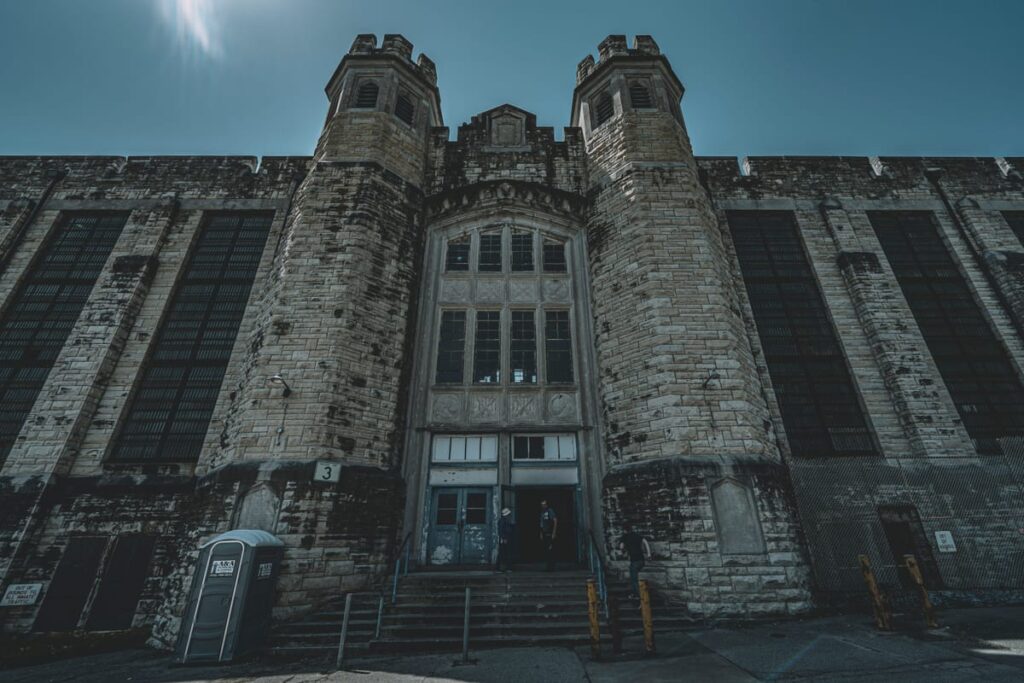
It hasn’t been active in twenty years, but the looming perimeter walls and guard towers of the prison still linger in arrested decay. And these days, you can actually venture inside!
But if you take a tour, don’t be surprised if the prison is more alive than it seems from outside. Though empty of prisoners, many claim Missouri State is still haunted by inmates’ tortured souls.
Timeline of Missouri State Penitentiary's History
Swipe or use timeline points to see Missouri State Penitentiary through the years

1831
In 1831, Jefferson City was a capital city in danger of losing its capital status. With other rapidly growing cities nearby, Governor John Miller ordered a state prison built in the capitol. Miller figured the prison would help Jefferson City grow. He was right. Construction began on the new state prison in 1834.
Over the next two years, the community of Jefferson City watched a looming prison sprout up around them. Finished in 1836, Missouri State Penitentiary soon welcomed its first inmate: a convicted thief named Wilson Eidson.

1840
By 1840, Missouri State Penitentiary was filling up, and Governor Miller’s hopes were coming true. Awash with prison labor, Jefferson City saw rapid growth. Inmates built many homes surrounding the prison, accompanied by guards.
Prisoners made trips outside the walls like this regularly to help support the budding capitol, whether they wanted to or not. By 1842, Missouri State expanded to take female prisoners as well.

1885
In the years after the Civil War, major change came to Missouri State Penitentiary: the construction of Hall A, to house post-war prisoners. By 1885, the prison property included numerous factories and businesses utilizing inmate labor.
This included six separate shoe factories and the largest saddle tree factory in the world. Missouri State ran with intense efficiency in these years, supporting each prisoner for just $0.11 a day.

1905
Growth continued for the prison into the 1900s. In 1905, the prison built Housing Unit 1, which is now the entrance building to the complex. Back then, it housed female inmates.
In 1914, the prison added Housing Unit 3, which included regular cells, death row, and ‘administrative segregation.’ By 1935, the prison population had exploded to over 5,300 inmates, including a few infamous prisoners like ‘Pretty Boy’ Floyd.

1954
By the 1950s, Missouri State was still brimming with prisoners. But trouble would come for the prison in 1954. That year, a riot broke out after prisoners feigned illness to overtake a guard. In the chaos, nearly 2,500 prisoners escaped their cells and joined the riot. By the time it ended, four inmates were dead.
This riot would bring intensely negative attention to the prison. And that would prove to be just the beginning.

1967
By 1967, Time Magazine labeled Missouri State ‘the 47 bloodiest acres in America.’ But negative press coverage wouldn’t keep the prison from operating.
Despite the backlash from the riots, Missouri State hummed along for the rest of the century. In 1989, the prison held its last execution, bringing the Missouri gas chamber’s total to 40. The prison finally closed in 2004.

2004
After closing, the remaining 1,300 inmates were moved to the new Jefferson City Correctional Center across the city. But, the old complex soon found new life as a tourist destination. Missouri State Penitentiary today is a popular prison museum in the city, greeting throngs of tourists every day.
But, along with the activity from the museum, some say the prison is alive with paranormal activity. Could some inmates still be serving time after death?
Shadow Figures of Missouri State Pen
Shadowy figures have also been seen walking the catwalks of Hall A. Hall A is also notorious for these above ground spirits as well. One cell in particular, Cell 48, is reported to be the site of a brutal bludgeoning of a prisoner.



Now, that prisoner’s phantom reportedly remains entombed in the cell forever. Visitors to Cell 48 have reported feeling an overwhelming sense of dread and a heavy weight pressing on them. Others have even captured photos of strange, shadowy figures around the cell.

Missouri State Penitentiary’s Haunted Dungeon
Prison is the receptacle for unfortunate souls, both tortured and murderous. So perhaps we shouldn’t be surprised to find so many that are haunted by their past. Missouri State is certainly no exception to this idea, with ghostly stories throughout the complex.


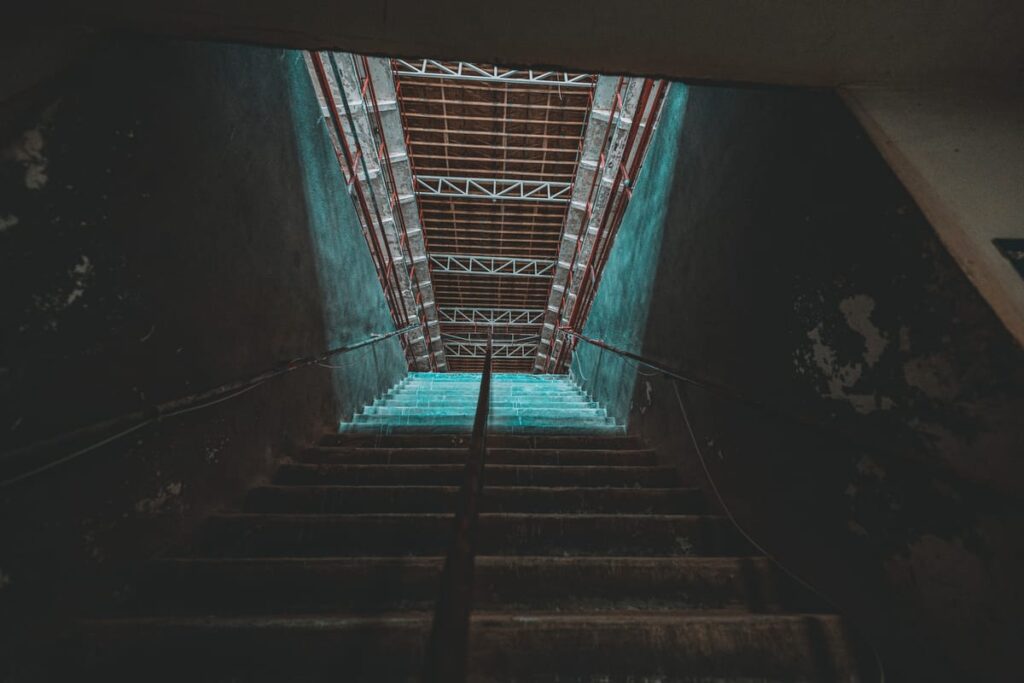
One of the prison’s known paranormal hotspots is called ‘the dungeon’ in Hall A. Built underground, the dungeon’s cells have no windows and open only out to a small hallway that was also kept dark.
In this area, people have reported strange, punishing feelings. Others have felt the presence of someone standing right behind or beside them. This area has also been known for its shifting shadow figures.
Missouri State Penitentiary’s
Fast Jack Phantom
But Hall A isn’t the only building at Missouri State Penitentiary with spooky stories. In Housing Unit 1, now the main entrance to the complex, a specter with a unique name has been encountered. Known as ‘Fast Jack,’ this spirit is well-known around the Control Room in the front lobby of the building.
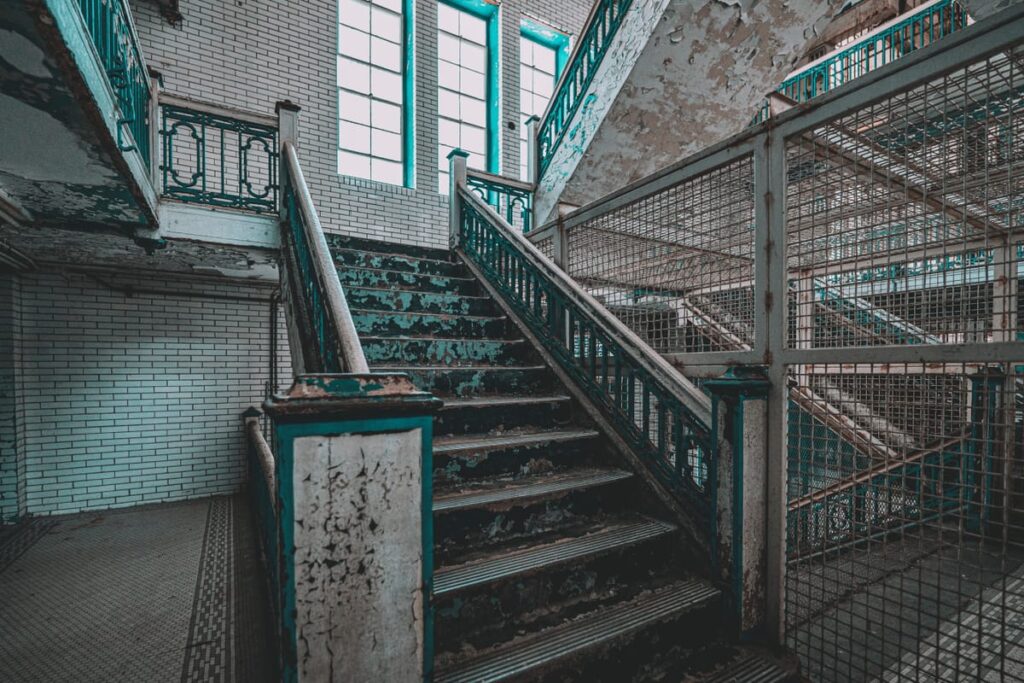
Fast Jack got his name for his usual move of gliding past visitors in a whitish blur. Little is known about Fast Jack, but some have claimed he wears a white coat like a doctor, perhaps a former worker in the prison hospital.
Fast Jack has also been associated with claims of opening and closing doors. Many figure he’s just in such a rush he doesn’t care about leaving behind signs of his presence.

Spooky Sounds of Missouri State Penitentiary
Aside from the various hotspots around the expansive prison, ghostly activity is known throughout the property. In many different cell blocks, visitors have reported the sounds of cell doors slamming. There are also reports of smaller sounds in the cell blocks, like sounds of coins being dropped from high catwalks.
Somewhat oddly, some visitors and ghost hunters have also reported sounds of children and dogs, as well as strange smells in certain areas. These phantom odors include smells of cigarette smoke and intense body odor.
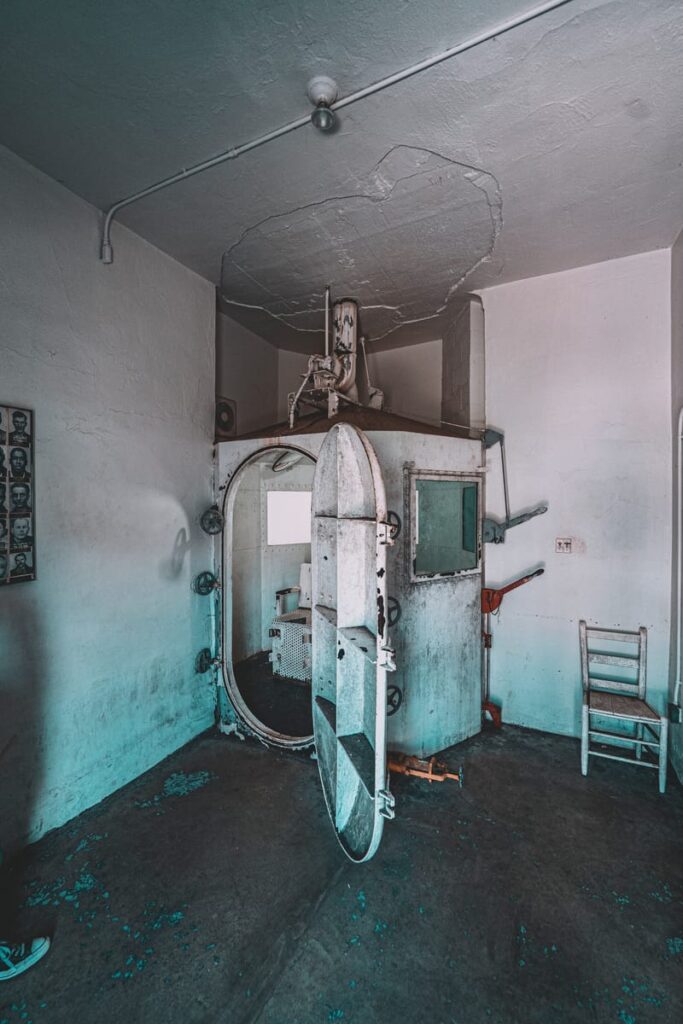
Missouri State Penitentiary’s Paranormal Evidence
Over the years since its closure, Missouri State has hosted countless ghost hunts. In these events, ghost hunters have turned up even more activity. Investigators often report equipment malfunctions in certain areas around the prison, like in Hall A’s dungeon cells.
Many have reported that these pieces of equipment will suddenly return to normal after leaving the area. Ghost hunters have also recorded countless potential EVPs through the complex. Others have also come away with oddities in their photographs.
Missouri State Penitentiary:
Ghost Hunt Hot Spot
At one time, Missouri State Penitentiary held more than 5,000 prisoners. And these days, thousands more than that are clamoring for a chance to get inside. The prison today remains a popular local tourist attraction and a frequent stop for many of the nation’s ghost hunters.
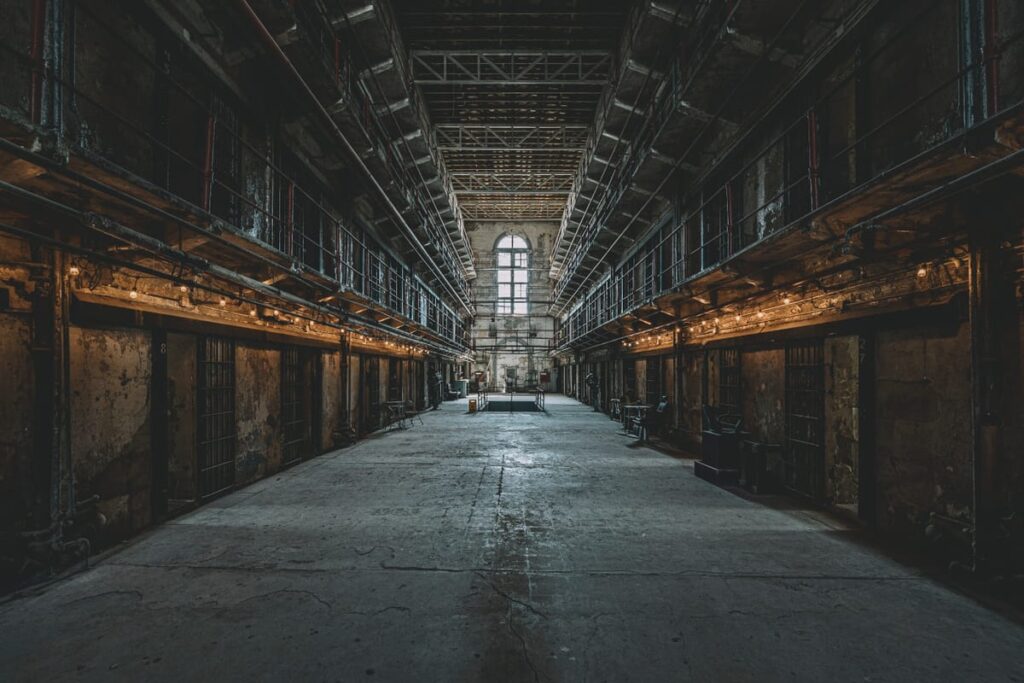
Booking a history tour, ghost tour, or investigation is as easy as visiting the prison’s website and reserving your date. And whether you head off on a ghost tour or a history tour, don’t be too surprised if you have a ghostly encounter along your way. After all, it seems only right for the ‘bloodiest 47 acres in America’ to also be some of the most haunted!

